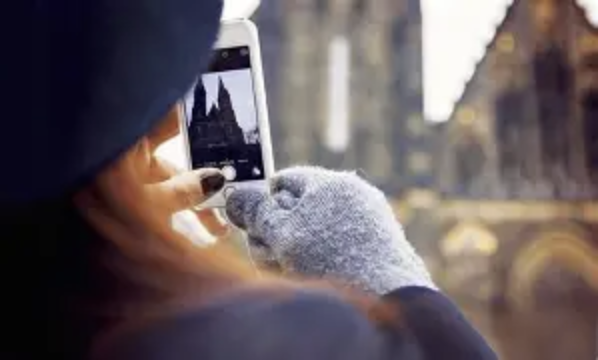Beyond Selfies: Crafting Digital Elegance
Digital avatars are transforming into personalized social identities for the wealthy. Rather than simple cartoon-like images, high-end services such as AvatarX provide incredibly realistic 3D figures. Through facial mapping and motion capture technology, these avatars replicate not only a person's looks but also subtle expressions, such as a slight grin during a negotiation or laughter at a virtual event. Affluent users create avatars featuring custom-designed outfits from digital fashion brands like The Fabricant, making online events a display of luxury. These avatars do more than represent; they enhance personal branding, enabling CEOs to participate in global conferences from their yachts and art enthusiasts to give gallery tours right from their studios.

Time-Shifted Socializing: Control in a 24/7 World
For busy high achievers, avatars provide a vital solution: they offer the ability to be present without feeling overwhelmed. Sophisticated AI avatars can imitate different speaking styles and remember personal stories or business information, which allows individuals to "attend" several events at once. For instance, a hedge fund manager might allow their avatar to participate in a tech forum in Singapore while they are asleep, with the digital version providing important insights through a summarized report. Now, platforms like Decentraland feature networking events that are exclusively for avatars, combining spontaneity and strategy—users can set preferences in advance but still have the option to engage live for critical conversations.

Trust in the Virtual: The Privacy Paradox
Users of luxury avatars seek more than just realism; they want autonomy over their digital personas. Premium platforms, unlike mainstream social media, utilize blockchain technology to safeguard avatar information, preventing identity theft or duplication. However, a fresh issue arises: the authenticity of emotions. Can an agreement made through avatars hold the same significance as a traditional handshake? High-end users are leading the way by adopting mixed approaches, conducting first meetings with avatars while opting for video calls for sensitive discussions, merging efficiency with personal connection. This creates a fine line, where trust develops not from being physically present, but from the trustworthiness of the technology powering the avatar.

The Social Reckoning: Fad or Future?
Digital avatars are reshaping how we think about being present. For those traveling, they make it easier to avoid the fatigue of meeting people internationally; for introverted leaders, they offer a comfortable way to take part in large events. Their true significance lies in their ability to connect exclusive groups—an avatar from Dubai can meet one from Paris at a virtual Monaco Grand Prix, overcoming geographical barriers. With the rise of 5G and the metaverse, these digital figures are transitioning from being just a trend to becoming necessary tools, especially for individuals who prioritize influence over mere physical presence. The crucial question isn't if avatars will transform social interactions, but rather how swiftly affluent individuals will adopt them as a standard, crafting virtual spaces that combine luxury, efficiency, and authentic connection. High-level personalization—such as custom avatars and virtual yachts—will drive their popularity, aligning status symbols with the ease of global interaction.




